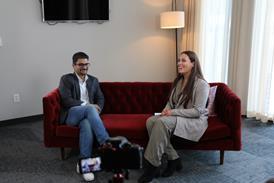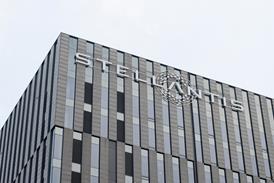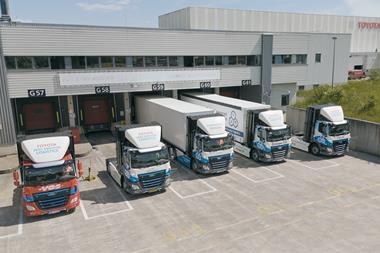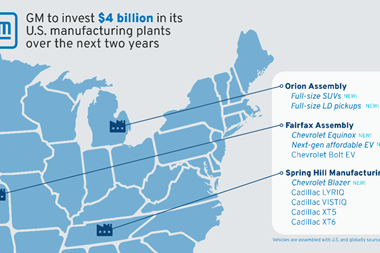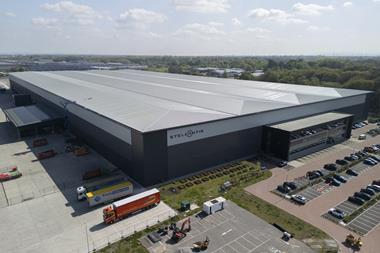
Toyota has revealed more details about the standardisation of parts and regionalisation of procurement as part of a supply chain overhaul that is being implemented over the next five years.
The carmaker is targeting three areas as part of the new strategy designed to limit future disruption to the supply of parts in the wake of the earthquake that hit the Tohoku region of Japan in March.
The first is aimed at advancing the standardisation and adoption of common parts.
The company said it wants to use more materials that are both common and reliable, and which will make production of components more accessible, as well as bring down cost.
“For example, we are looking at more affordable microchips which are pre-programmed for specific tasks, as well as flash chips which can be programmed later,” a spokesperson told Automotive Logistics. “Although the flash chips are more expensive, they are easier to standardise. Standardisation will save costs in the long-term.”
Toyota is also aiming to operate a more secure supply chain by making each region in which it manufactures independent in its parts procurement. It highlighted its supplier Primearth EV Energy (PEVE), which manufactures in-vehicle high-voltage batteries for the carmaker’s hybrid vehicles, as an example of the more regional strategy. PEVE has a plant near Toyota’s Miyagi plant but also has facilities in Shinzuoka, a distribution of sites that allowed battery supply to continue after the earthquake.
“The Miyagi plant was at risk after the March earthquake, but high-voltage batteries were still being produced at the Shizuoka plant where damage was limited,” said the Toyota spokesperson.
The company also said it is looking at the supply chain to develop a system to detect bottlenecks.
“On the one hand, we are looking at creating a ‘safety stock’ with our suppliers to ensure limited supply disruptions. On the other hand, we are working to instill the need for companies involved in our supply chain to implement disaster prevention or response measures.”
Toyota said it is looking at one to two years for the plan to get underway and for everything to be in place in about five years.
“At that point, our plans are for any disaster recovery to be achieved in two weeks. As we start putting the plan in motion, we are reviewing every single process and encouraging all our suppliers to heighten their earthquake preparedness even in terms of the strength of their facilities,” said the spokesperson.






